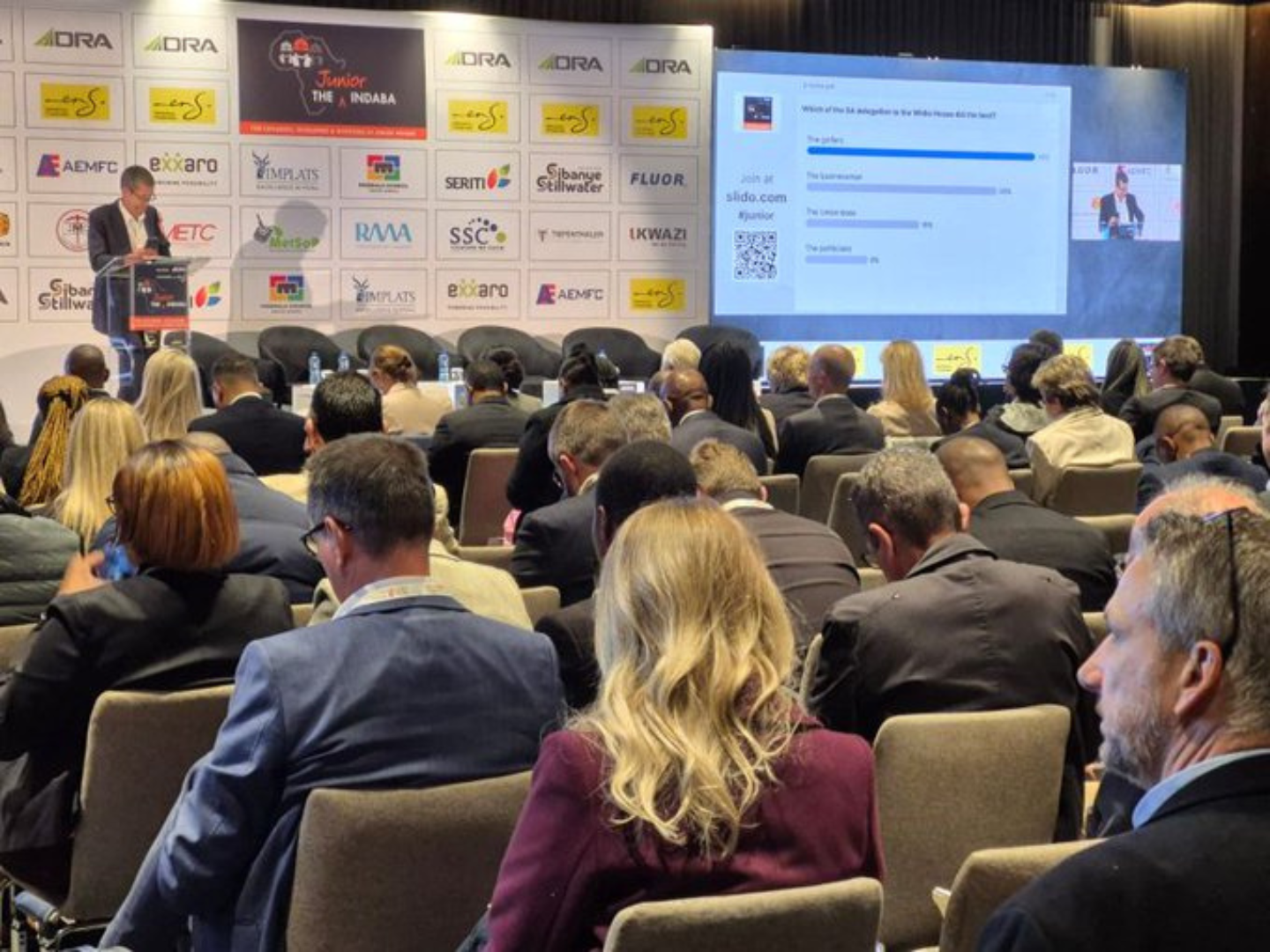In 2025, junior miners are increasingly active in Africa’s mining sector, overcoming regulatory barriers and adopting new strategies to drive growth. At the Junior Mining Indaba and the Coal & Energy Transition Day, industry leaders emphasised the need for streamlined licensing, digital cadastral systems, and stronger public-private partnerships to support critical minerals development across the continent.
Bold Discoveries and Partnerships
Australian-listed junior miner Cobre Limited is making waves in Botswana’s Kalahari Copper Belt, with recent assay results published on July 17, 2025, confirming high-grade copper-silver mineralisation. Backed by mining giant BHP through an earn-in agreement, Cobre’s exploration success underscores how junior companies are increasingly taking on major roles in Africa’s resource sector. Similarly, South Africa’s Orion Minerals is progressing its copper-zinc Prieska Project in the Northern Cape, supported by strategic investor Tembo Capital.
In 2025, UK-based Marula Mining commenced manganese production in Tanzania, while Australia’s Walkabout Resources advanced toward production at its Lindi Jumbo graphite project. These examples highlight how junior mining companies are evolving beyond exploration, driven by the global demand for critical minerals.
Financing: The Major Barrier
Despite momentum, capital access remains a steep hurdle. According to African Mining Online, many junior projects stall between prefeasibility and bankable feasibility stages, with time from discovery to production sometimes stretching up to 28 years due to funding gaps.
Banks often view juniors as high-risk, which limits lending. Nearly 70% of Africa’s junior coal miners reportedly face financing shortfalls. South Africa’s Junior Mining Exploration Fund is a positive step, but insufficient to meet capital needs.
ALSO READ:
Junior Indaba 2025: South Africa falling behind as neighbours forge ahead
To address funding shortfalls, junior companies are increasingly adopting innovative strategies such as royalty streaming, SPACs, convertible bonds, and collaborative ventures with major firms, minimising capital responsibilities and utilising existing infrastructure, as demonstrated by Cobre and Orion’s alliances.
Shared Infrastructure and JV Models
In politically unstable but resource-rich countries like Mali and Burkina Faso, juniors are encouraged to partner with local firms or list on regional exchanges for legitimacy and operational ease.
In South Africa, shared infrastructure is becoming a strategic enabler for junior mining companies. Dumisani Kubayi, CEO of the KMDNF, emphasised in a 2025 interview with Energy Capital & Power that “shared use agreements enable juniors to focus on their core mining activity without being hindered by the high costs and complexity of setting up new infrastructure.”
Also Read:
SA cadastral system update: Western Cape first to launch
At the 2025 Coal & Energy Transition Day, held on 23 July in Johannesburg, industry leaders emphasised the importance of adaptability, logistics, and collaboration for junior miners navigating volatile markets. While major players addressed the future of coal and the rise of renewables, discussions also highlighted how junior firms can leverage shared infrastructure and strategic partnerships to remain competitive and resilient in a transitioning energy landscape.
Also, at the 2025 Junior Mining Indaba in Johannesburg, industry leaders raised concerns about regulatory delays hindering junior miners. Minerals Council CEO Mzila Mthenjane stressed that the draft Mineral Resources Development Bill overlooks the high-risk nature of exploration and fails to offer needed support, potentially discouraging new discoveries. In response, DMRE’s Tseliso Maqubela announced a phased rollout of a new digital cadastral system starting mid-2025 in the Western Cape, aimed at enhancing licensing and restoring investor confidence.


